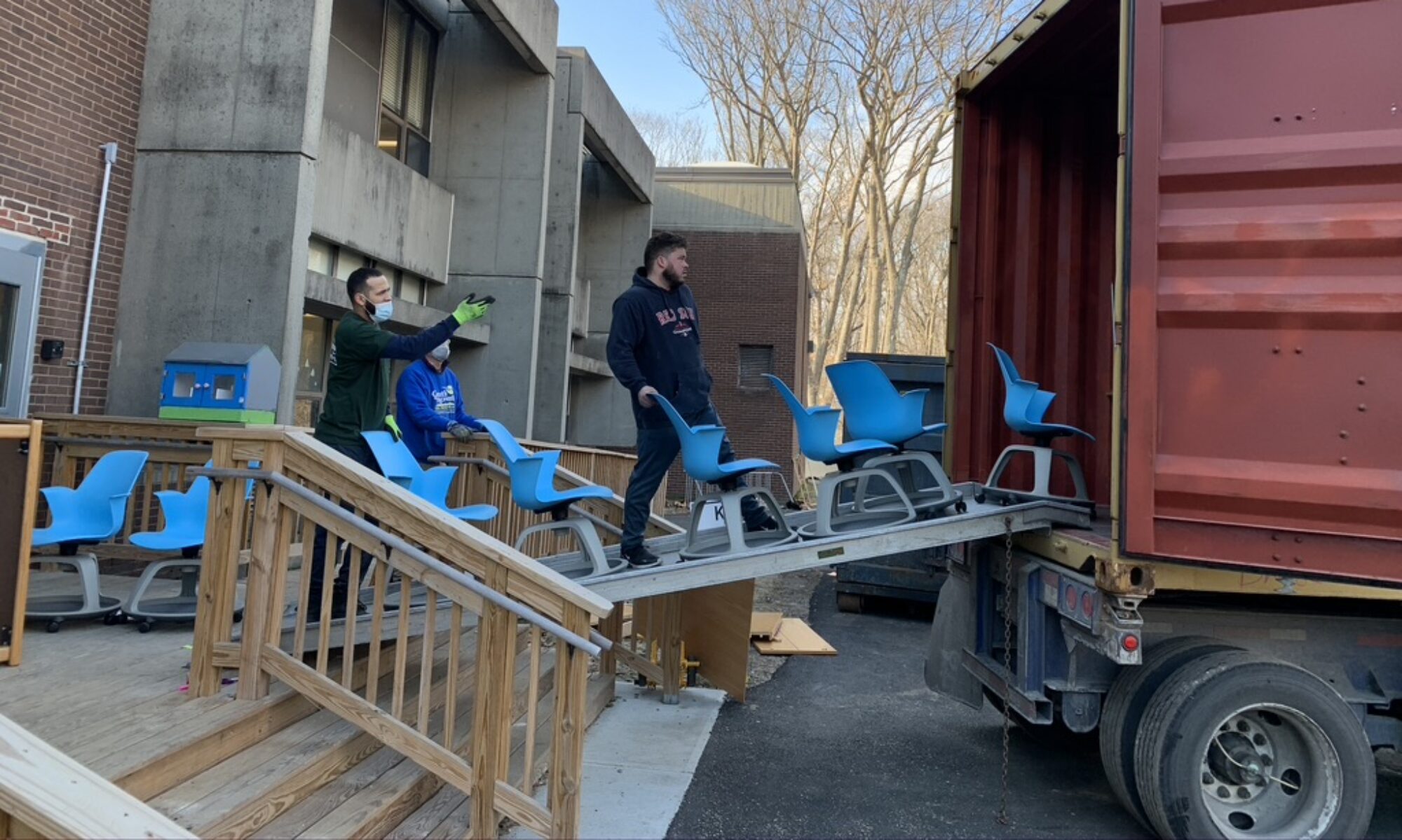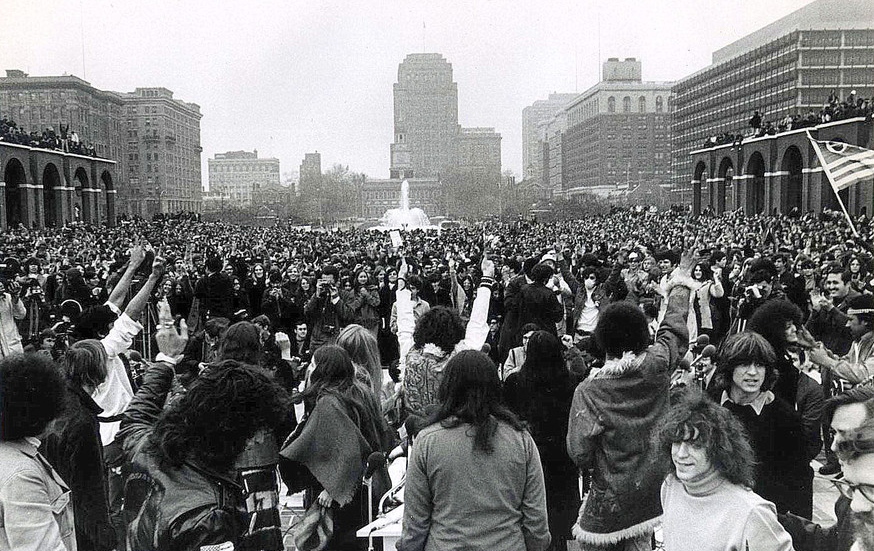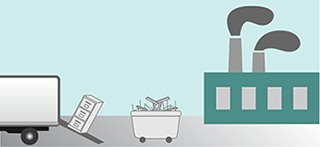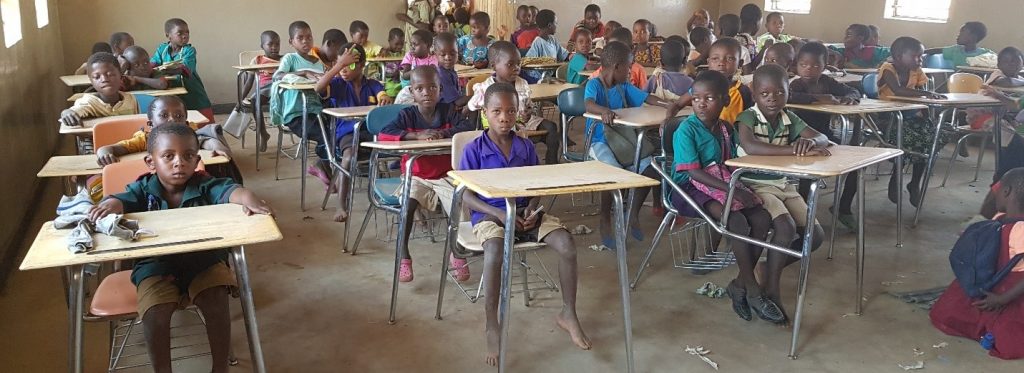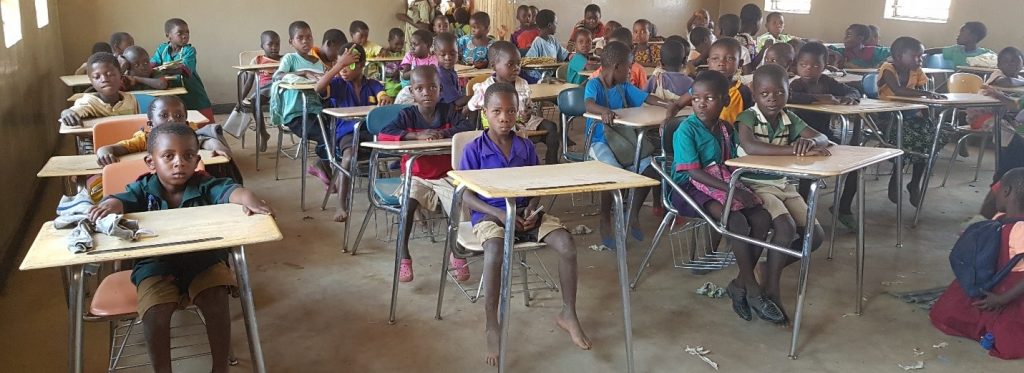In theory, I am all about Sustainability. Ever since I was in 6th or 7th grade, I’ve been concerned that our society is heading toward an environmental train wreck, and I’ve wanted to help head it off. Every job I’ve had has been about Sustainability. I’ve been personally responsible for keeping many tens of millions of pounds of reusable and recyclable materials out of landfills. I’ve helped thousands of other people do the same. I’ve come up with some unique and really effective recycling programs. I’ve written environmental How-To guides and articles and I’ve given How-To lectures across the country. I drive a car that gets 40 MPG, and I telecommute as much as I can.
But….
I live 30 miles from where I work. There’s a decent reason I live where I do, but still, I live 30 miles from where I work. Every time I drive to and from work, I burn two gallons of gas. What’s that about?
I ski. I love to ski. Is there environmentally a worse sport than skiing? Ski areas trash beautiful mountains, and suck up huge amounts of water from small streams, and use enormous amounts of energy, and are responsible for grotesque development of pristine valleys and mountainsides. Most ski areas are remote from population centers, so there are huge energy impacts getting skiers to the mountains. I have plastic (non-recyclable) ski boots and plastic (definitely non-recyclable) skis and (non-recyclable) plastic clothes that I ski in. What’s that about?
I golf. Not often, but still. I could do without golf, but my kids ended up golfing (because they learned it from me), and it’s an activity we enjoy together. Between landscape destruction, pesticides, herbicides, fertilizer, water consumption, golf is right down there in the environmental cesspool with skiing. But I still golf. What’s that about?
I hike. I love to hike. Nothing bad about that; it’s a pretty harmless activity. But I think nothing of jumping in my car and driving two hours just to hike a mountain for the day. I think nothing of driving two cars to go hiking, if it means a friend and I can hike point-to-point rather than making a loop. I think nothing at all of jumping onto an airplane and then renting a car to go hiking in the Sierras or Rockies. What’s that about?
I take long drives in the countryside. I do that with my Mom. She’s 96 and can’t get out on her own, and our drives are something she really enjoys. But still. Sometimes we’ll drive 200 miles in a day, and do it again the next weekend. As long as she’s able to enjoy our rides, I have no intention of stopping. What’s that about?
I keep my house warm. I used to keep my house at 50 degrees most of the time, splurged to 60 degrees when I was home in the evenings. Then my Mom came to live with me. I don’t ask her to bundle up. Instead I keep the house at 65 degrees all the time and 68 or 70 or 72 sometimes. What’s that about?
What it’s about is that, on some level, Sustainability, for us here in the U.S. anyway, is a delusion, unattainable. I’m not in the hundredth percentile of environmentally conscious Americans, but I expect I’m close. I buy local. I avoid processed foods and eat organic as much as I can. I walk or bike when I can. My home is not very large, and I light it with LEDs. I reuse and recycle. I get a lot of my heat from a wood stove. I have solar on my roof that produces more electricity than I consume. But really, is my lifestyle sustainable?
Not hardly. “Sustainable” means no train wreck. Three hundred million Americans living as I do might slow the train down, but we wouldn’t stop it. Wouldn’t come close.
Am I going to make any serious changes to make my lifestyle more sustainable? Give up my season pass? Move to an apartment downtown? Quit taking trips to the Rockies? Tell my Mom to put on a parka? Not hardly.
I’ll keep doing the work I do, because I love it and I know it makes a difference. I’ll keep buying local and being conscious of what I purchase and eat and wear and use. I’ll keep my efficient little car and my comfortable small house. Less impact than a lot of other Americans? Yes, for sure. Sustainable? Not by a long shot.
